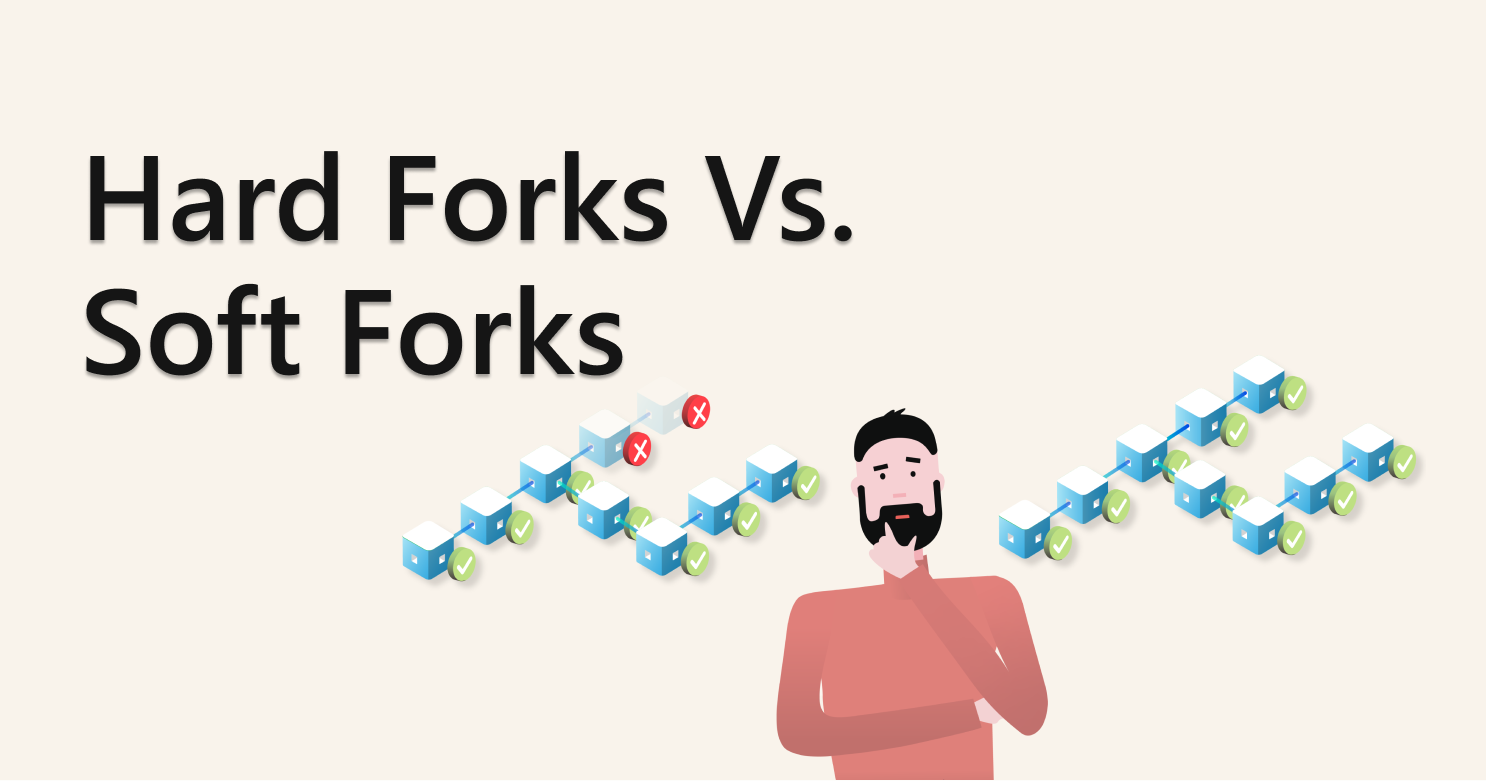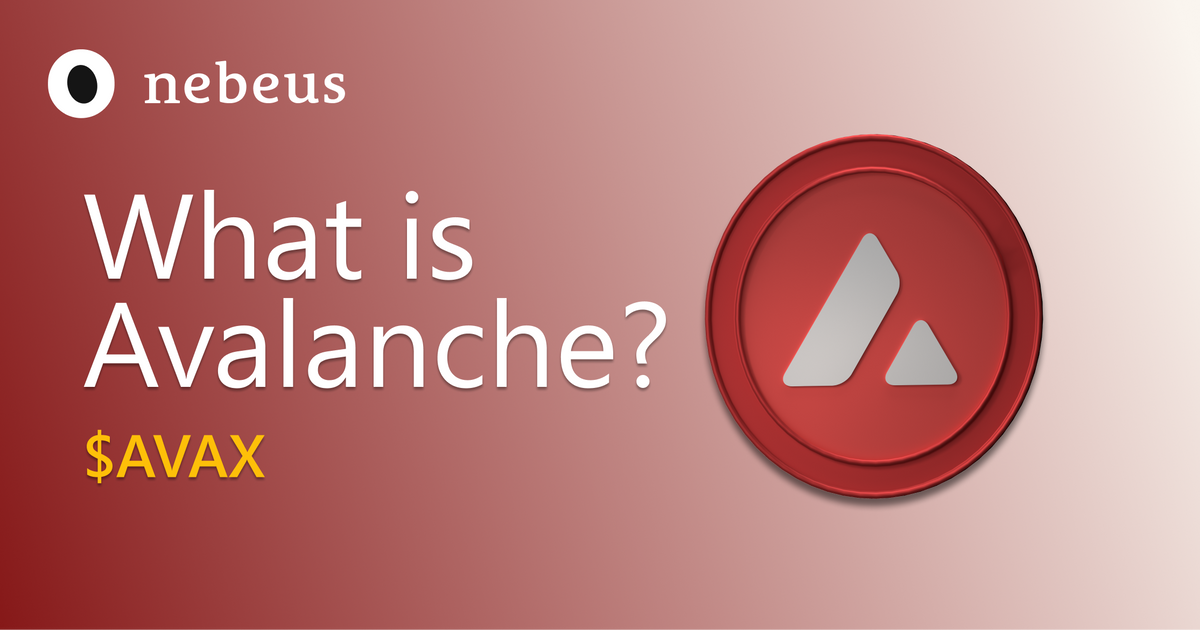Cryptocurrency forks play an important role in the crypto landscape, enabling new functionalities to be added to existing blockchains or creating entirely new chains with their own unique features.
Read on to learn about what crypto forks are and what the difference is between a hard fork and a soft fork. Additionally, you will also discover a list of the most prominent forks that took place in the crypto markets.
What Are Cryptocurrency Forks?
A cryptocurrency fork is an important upgrade to a crypto network and can represent a minor or a significant change to the protocol.
In the case of a contentious fork, where miners don’t agree with the protocol changes, a chain split can occur if some miners continue to mine the “old” chain.
In this scenario, a blockchain splits into two chains. The chain with the most miner support typically retains the name of the original network, while the chain with the lower hash power support becomes a new chain with its own name.
What is a Soft Fork?
A soft fork is a backward compatible change made to the protocol of a crypto network.
Soft forks are usually executed to include new features or rules in a blockchain that doesn’t introduce major changes to the network’s codebase. Nodes that don’t update to the newer versions can still communicate to the network.
What is a Hard Fork?
A hard fork is a code update to a crypto protocol that is not backward compatible with its existing protocol.
Hard forks are usually implemented to fix bugs or introduce new functionalities to the network.
Should the network participants disagree on the protocol updates, the resulting hard fork will lead to a chain split that ends up creating two chains with a shared history but are run separately.
To learn how a hard fork works, we must first understand that blockchain networks operate by bundling transactions into blocks, which are validated only when validators of a network have arrived at a consensus.
For public blockchains, network validators can propose changes to certain aspects of the protocol. However, before any major change is implemented, all validators must arrive at a consensus about the update.
Should all the network validators agree, developers will incorporate the changes into the protocol. The fork will create a split in the blockchain, and all network validators will have to upgrade their software to run the new version. Nodes running on the old chain will soon realize it's outdated and upgrade to the new blockchain.
Sometimes, network validators will not agree to the changes in the crypto network. This results in a split where a group of validators will stick to the legacy chain, and others will opt for the new version.
One consequence of a hard fork is both chains will have a shared history. This means users will hold coins for the separate chains before the fork. Nonetheless, transactions cannot be copied and replicated on both networks since the two chains are now incompatible.
Hard forks occur for a variety of reasons, the most common ones being to close security loopholes, introduce new features, or reverse malicious transactions.
Hard vs Soft Forks: A Comparison
Most Notable Crypto Forks
Now, let’s take a look at the two most prominent crypto forks.
Bitcoin Cash
Bitcoin has been forked several times over its decade and a half history. Arguably the most notable fork the network experienced resulted in the formation of Bitcoin Cash (BCH).
After several arguments and debates on the best approach to scale the Bitcoin network, proponents of SegWit2X, which advocated for larger block sizes, decided to hard fork the Bitcoin blockchain on August 1, 2017.
The new update led to the rise of a new cryptocurrency known as Bitcoin Cash, with the ticker BCH. The new cryptocurrency had a block size limit of 8 MB from the previous 1 MB. Bitcoin (BTC) and Bitcoin Cash (BCH) now exist as two separate crypto networks with different rules and communities.
Ethereum DAO Hack
Another historical hard fork occurred on Ethereum as a result of the decentralized autonomous organization (DAO) hack in 2017. The DAO was one of the earliest DApps on the Ethereum network.
The DAO managed to raise about $150 million worth of ETH via a token sale. However, before the token sale could be fully concluded, a hacker exploited vulnerabilities in the protocol’s source code and stole over $50 million worth of ETH.
The hack was a significant blow to the confidence of the Ethereum network, which had close to 14% of circulating ETH invested in the project. After much debate in the Ethereum community, a hard fork was proposed and executed to reverse the transaction. The recovered funds were then reallocated to a smart contract where investors could access their funds.
A secondary effect of the hard fork was the rejection of the hard fork by some Ethereum community members, who ended up supporting an earlier version of the network now known as Ethereum Classic (ETC).
While forks play an integral role in developing secure blockchain networks, they can also lead to the creation of new cryptocurrencies if not all community members agree on the changes.
Sign up for a Nebeus account to buy, hold, and insure your bitcoin investment.










